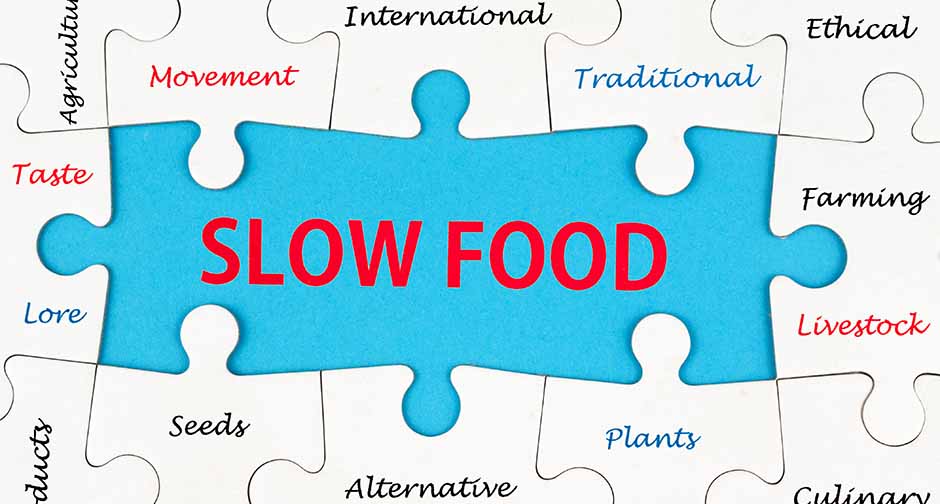Live a fast-paced life long enough, and there are bound to be some casualties. An inevitable one is your relationship to food. Before long, the practice of enjoying wholesome meals with friends and family gives way to scarfing down breakfast while driving, eating most meals out or having a microwaved dinner alone in front of the TV. Richard McCarthy, executive director of Slow Food USA, reminds us of the importance of reclaiming one of life’s greatest pleasures: savoring good food with others.
What is Slow Food USA all about?
At its core, Slow Food is about rediscovering a taste of place in our lives by promoting the perspective of food as the center of community life. There are 175 Slow Food chapters across the country, each made up of a network of volunteers who do everything from facilitate cooking classes and dinner parties to run local farm tours and show films. The goal is to create community around food and to connect people to their local food sources.
What are some of Slow Food’s biggest projects?
One of the main things we do is develop and sustain school gardens. It’s important for kids to develop a tactile relationship to food. When they plant a seed, water it and then pull up a carrot from the ground, they’ll never think about carrots the same way when they see them in the grocery store. We also started an international “Ark of Taste,” which aims to prevent the loss of endangered foods. By working with seed banks and companies, food producers, and farmers, we reintroduce and support traditional crops and foods that are disappearing.
How can consumers make better food choices?
Eating local foods that are in season connects you to the places and people around you. Purchasing local food supports the farms in your region. And because local foods aren’t transported over vast distances, they simply taste better. The freshest and healthiest foods tend to be found along the perimeter of the grocery store, in the produce, meat, bulk and dairy sections. These whole, unprocessed foods should make up most of what you buy.
How do we incorporate the concept of community around food into our busy lives?
Taking the time to sit down with family or others and sharing a meal makes us happier. And fascinating public health studies show that it makes us healthier too. As an organization, we’re committed to fi nding a balance between the pleasure of enjoying good food and making it work in our lives by meeting people where they are. When there’s joy and excitement about learning to cook and eating together, it’s no longer the drudgery of everyday life—it’s the revolution of everyday life.

